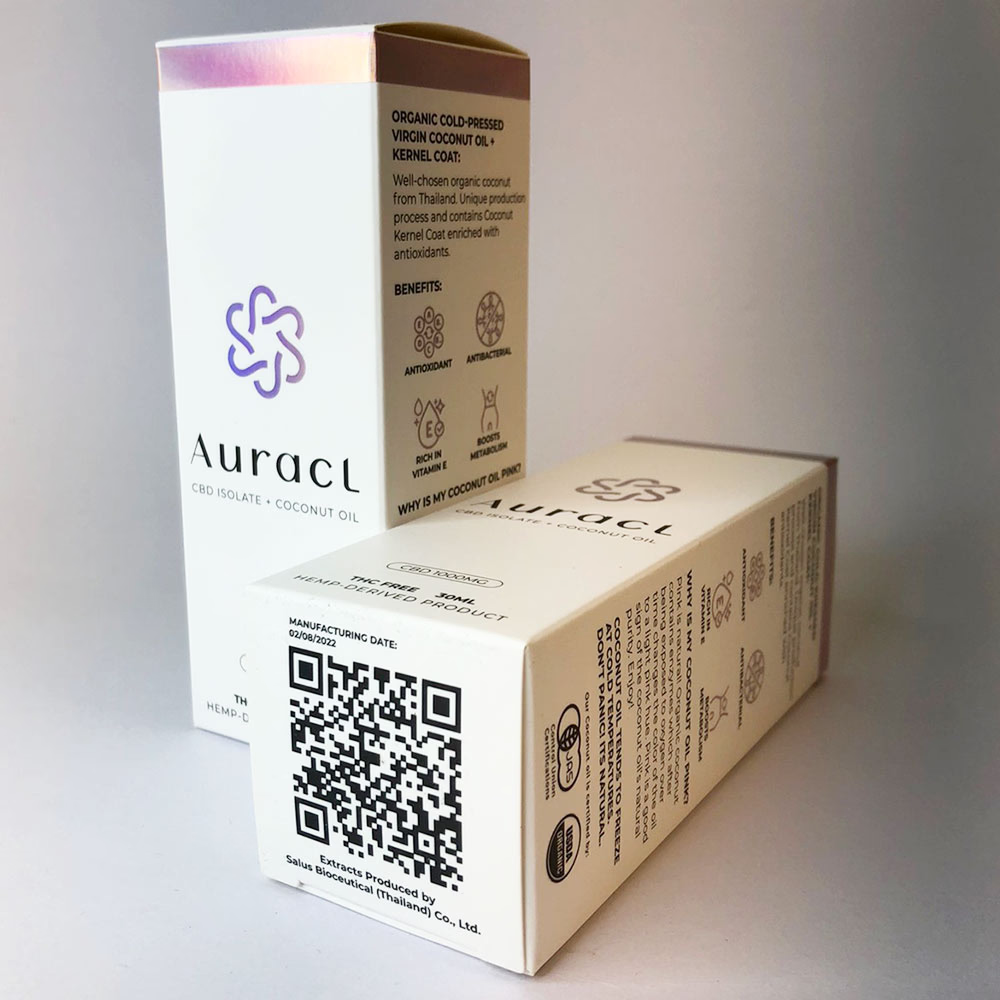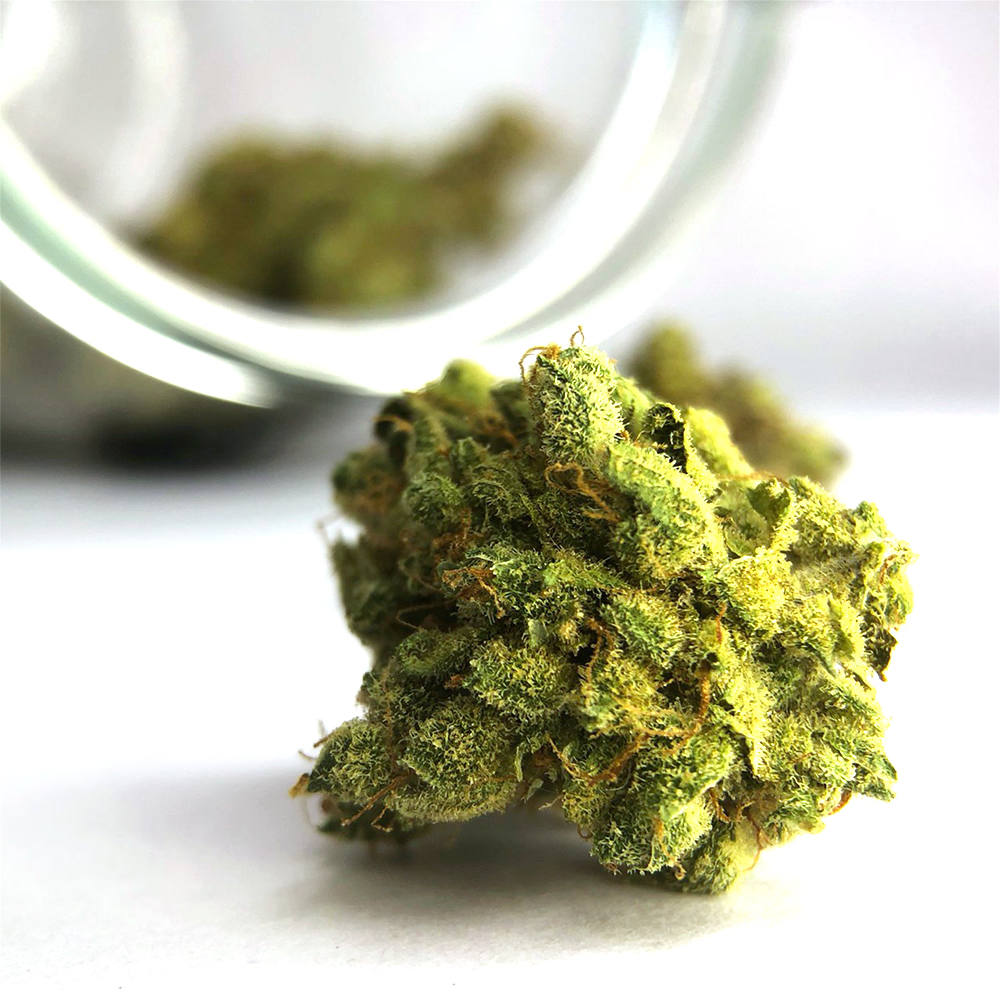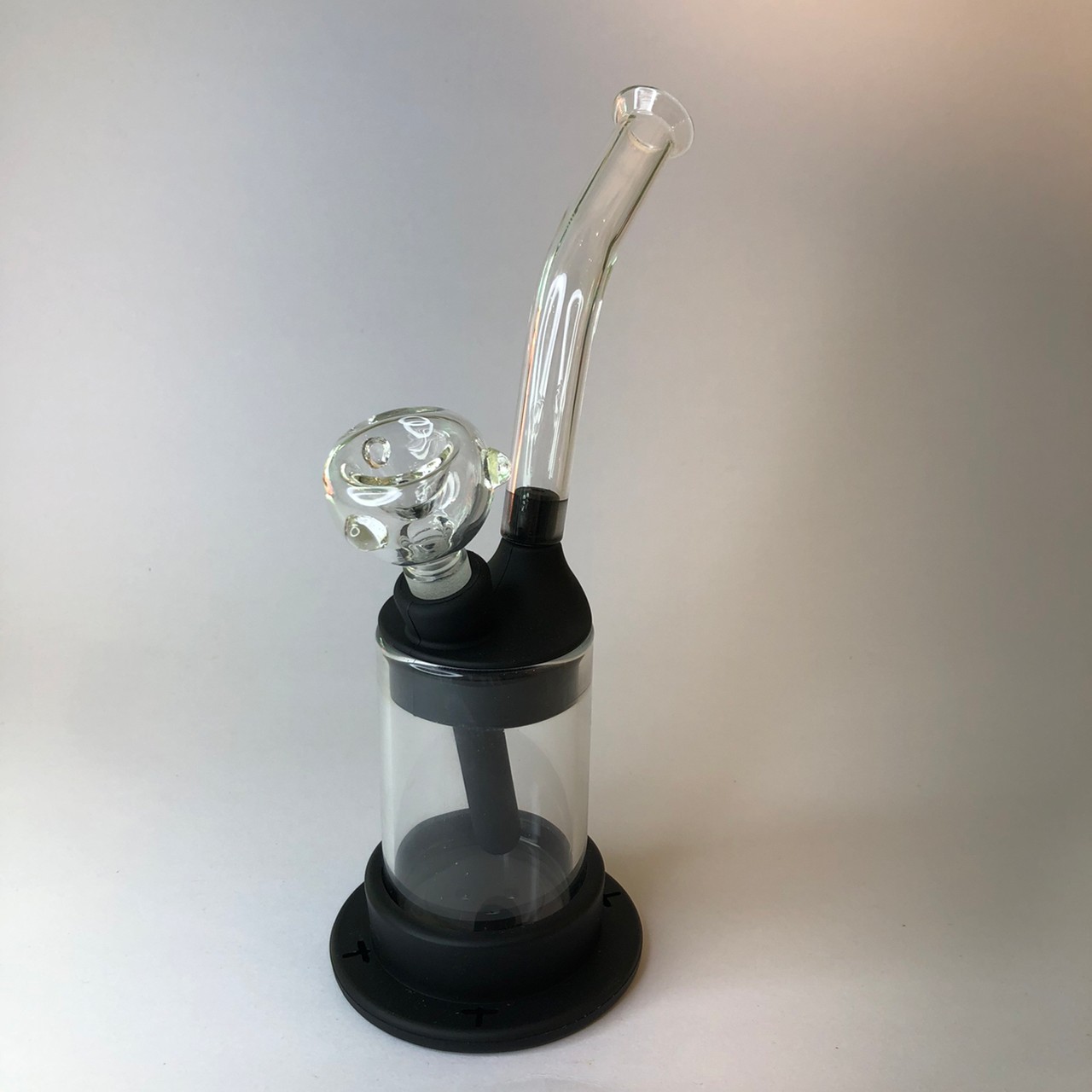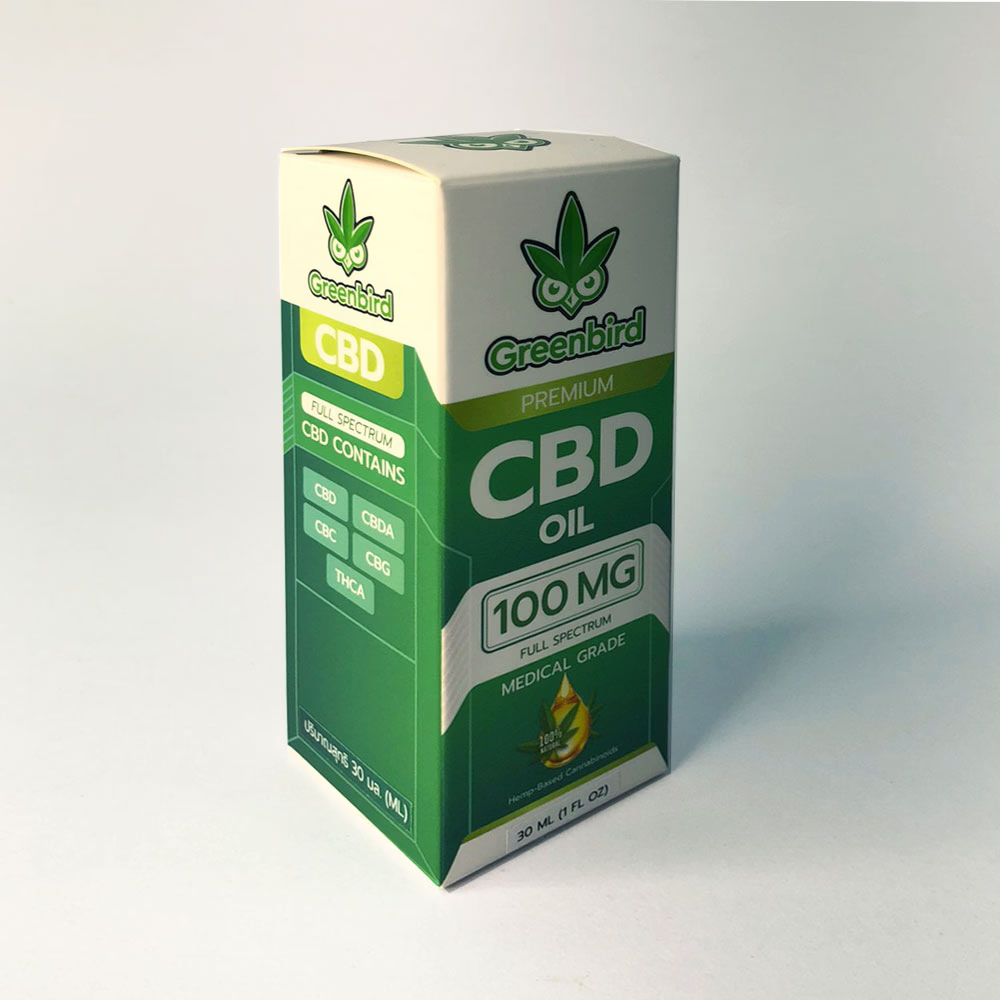Cannabis Root Therapy for Pain
Examining the Pain and Inflammation-Relieving Effects of Cannabis Root
Techniques for Making and Applying Cannabis Root as Medicine
Cannabis Root Therapy for Pain and Inflammation
Cannabis Root Therapy for Pain and Inflammation. In recent years, the therapeutic use of cannabis root to reduce pain and inflammation has gained increased attention. Notably, the constituents in cannabis root have demonstrated promise in treating several ailments, including inflammation and chronic pain. What precisely is cannabis root, and how may it be therapeutically employed?
The underground stem or rhizome (horizontal stem) component of the Cannabis Sativa plant is called the cannabis root. Due to its high concentration of cannabinoids like THC and CBD, this plant portion has long been known to have medical qualities. Reduce Pain & Inflammation with Cannabis Root Therapy.
These substances are present and aid in reducing pain and inflammation without having any psychotropic side effects.
Studies on cannabis root's therapeutic uses have revealed that it can help reduce both acute and chronic pain brought on by a variety of illnesses, including cancer, arthritis, multiple sclerosis (MS), fibromyalgia, Crohn's disease, irritable bowel syndrome (IBS), migraine headaches, muscle spasms, and other neurological disorders.
Additionally, it has been proposed that locking specific enzymes involved in the process may lessen inflammation caused by these disorders.
In addition to its anti-inflammatory properties, some study indicates that cannabis root may also help with digestion by increasing appetite and promoting food absorption in the gut, which may be advantageous for people with digestive disorders like IBS or Crohn's disease.
When taken consistently over time, it may also function as an antioxidant to help defend against the harm of free radicals, potentially enhancing general health.
There are several ways to consume cannabis root for therapeutic purposes, depending on personal needs: tinctures, capsules, smoking/vaping dried flower buds, eating raw roots directly, or traditional Chinese herbal remedies with hemp extract powder made into tea infusions with other herbs like ginger or chamomile are all viable options, depending on preference or condition being treated.
Before starting any project, those who intend to produce their plants should get familiar with their region's rules governing this activity. In the end, however, speaking with your doctor before using is always advised for safety reasons.
This is because there are several potential side effects, such as dry mouth/throat irritation if smoked/vaporized too frequently, lightheadedness from taking too many edibles, dizziness from topical application, etc.

Examining the Pain and Inflammation-Relieving Effects of Cannabis Root
The potential of cannabis root as a natural treatment is currently garnering attention. Cannabis root has been used for ages to cure a range of diseases. Researchers are learning more about the potent medicinal abilities of cannabis root, which can be utilized to reduce bodily pain and inflammation. We'll look at a few of the advantages of cannabis root for reducing pain and inflammation in this post.
Anti-inflammatory Properties: The cannabis root includes several substances that may help lessen inflammation brought on by various illnesses, including sprains, arthritis, and muscle soreness.
According to studies, it can dramatically lessen swelling brought on by chronic inflammatory conditions, including rheumatoid arthritis and osteoarthritis.
Pain Reduction: The cannabis root's active compounds connect to pain receptors in the brain and spinal cord to lessen feelings of discomfort. Endorphins are hormones that act as natural painkillers created by your body when exposed to physical stressors like injury or intense activity. They are released by your body during exercise or injury and may impact endorphin levels.
Relieving Anxiety: The cannabinoids in cannabis root appear to interact with brain receptors in areas of the brain that control mood, easing anxiety feelings brought on by mental health conditions like depression or post-traumatic stress disorder (PTSD).
Additionally, because they have soothing effects on nerve cells throughout the nervous system, they may have protective effects against anxiety-inducing stimuli like fear or stress reactions.
Better Sleep: Cannabis roots include sedative cannabinoids that can assist people with insomnia or other sleeping disorders to get better quality sleep by calming their racing minds at night and promoting relaxation before bed.
According to research, using cannabis products that include cannabinoids may eventually improve sleep quality by increasing the synthesis of the hormone melatonin, which controls our biological clock.
Enhanced Immune System Functionality: Consuming cannabis products that contain cannabinoids may enhance immune system function because of their anti-inflammatory characteristics.
This benefit may be especially beneficial to those whose immune systems have been compromised by long-term conditions like HIV/AIDS or cancer therapies.
Bone Health: Research on animals suggests that consuming marijuana extracts high in cannabidiol (CBD) may stimulate bone formation while reducing bone breakdown — an essential factor directly related to bone health, especially for aging populations more prone to fractures due to advanced age-related fragility.
Digestive tract issues like gastroenteritis, colitis, irritable bowel syndrome, Crohn's disease, etc., are prevalent worldwide. Cannabinoids in marijuana plants have been: discovered to treat gastrointestinal conditions like nausea, vomiting, diarrhea, constipation, indigestion, loss of appetite, etc. Additionally, research indicates that taking supplements of cannabinoids may prevent ulcers.
Skin Care: Marijuana extracts are an excellent alternative for skin care routines due to their high cannabinoid content and considerable antioxidant capabilities. These same antioxidants most likely account for how frequently topical applications of CBD oil enhance general appearance complexion, including a reduction in redness, breakouts, and wrinkles. Dullness, acne scars, skin discoloration, dark patches, etc. As a result, using CBD in your skincare routine seems sensible for anyone who wants to preserve healthy, radiant skin over time.
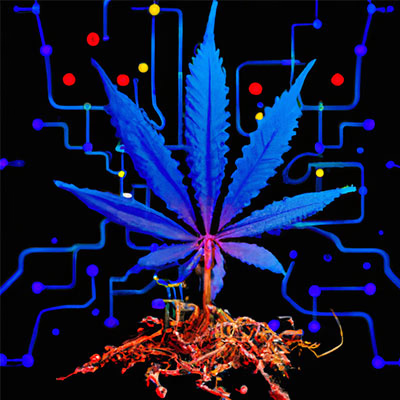
Cannabinoids in Cannabis Root Types
The cannabis community has long been fascinated by cannabis roots. Cannabis sativa contains chemical molecules called cannabinoids, which interact with our body's endocannabinoid system to have medicinal benefits. They provide a wide range of health advantages and contain certain distinctive cannabinoids that are not present in any other part of the plant. They are what give marijuana its potent therapeutic effects and make it such a crucial component of modern holistic health and wellness practices.
The two most well-known cannabinoids in cannabis, THC and CBD, are what most people think of when we mention them. However, there are a lot more than just these two. In fact, more than 100 distinct types of cannabinoids, each with a distinct set of properties and advantages, have been found in the root structure alone. Here are some of them in further detail:
CBG (Cannabigerol): This cannabinoid is regarded as "the mother cannabinoid" since it is the starting point for all other cannabinoids before plant enzymes change them into unique forms. When taken orally or used topically on skin lesions like psoriasis or eczema, it has anti-inflammatory qualities and may help reduce anxiety, sadness, pain perception, and nausea.
CBC (Cannabichromene): This substance, primarily found in young plants, is thought to serve as an anti-depressant because it can boost the creation of serotonin, which naturally regulates emotions without having the psychoactive side effects associated with THC use. Additionally, evidence indicates that when taken consistently over time, CBC may reduce inflammation brought on by arthritis and enhance general cardiovascular health.
Tetrahydrocannabinolic Acid (THCA): Though not psychoactive by itself because it needs heat activation through decarboxylation to transform into THC (tetrahydrocannabinol), THCA still has some positive effects when consumed raw or juiced from fresh leaves/buds from mature plants only,
Such as reducing inflammation linked to Crohn's disease or assisting in relieving symptoms related to epilepsy. It is a very valuable cannabinoid since it also functions as an antioxidant, which can help shield cells from harm from free radicals in your body and offers neuroprotection against some cognitive illnesses like Alzheimer's.
CBDV (Cannabidivarin): Another non-psychoactive substance frequently present in hemp varieties, CBDV has anticonvulsant properties similar to those of THCA but functions best when combined rather than separately, making them both excellent options for treating epileptic seizures successfully without having any adverse psychoactive effects like those seen from ingesting pure THC products instead Although research on this specific cannabinoid is still in its infancy compared to others listed above, early results point to a bright future for treating neurological illnesses, including Parkinson's Disease, hopefully very soon
CBN (Cannabinol): This less well-known THC cousin is produced through UV light exposure oxidation processes. As a result, marijuana buds themselves don't contain much, if any, pure CBN unless they are first left outside for extended periods, where natural degradation starts to slowly break down active compounds like the tetrahydrocannabinol acid mentioned earlier until ultimately becoming cannabinol.

Techniques for Making and Applying Cannabis Root as Medicine
Cannabis root has a wide range of therapeutic advantages. Cannabis root has long been utilized in traditional herbal medicine for its medicinal effects, which range from curing chronic pain to reducing anxiety. More recently, researchers have started to identify the many cannabis components, including the roots, that offer health benefits.
There are various ways to prepare and consume cannabis root as a therapeutic medicine, while it is still not readily accessible or frequently employed in current medical therapies.
Making tea is one of the most common ways to consume cannabis root. Simply soak two teaspoons of chopped fresh roots or two teaspoons of dried cannabis root powder in boiling water for fifteen minutes before filtering off the solids and consuming the tea.
It's crucial to be aware that since it contains elements from both hemp and marijuana plants, consuming it unprocessed may make you feel euphoric (a process that activates THC). Because of this, many people choose to decarboxylate their roots before consuming them, either by baking them at moderate temperatures or utilizing vaporizers made especially for the purpose.
Infusing cannabis root into oil or butter as a component for cooking with medicinal foods like edibles or topical salves is another way to use it. Due to its anti-inflammatory characteristics, cannabis-infused oil can be applied topically to treat skin disorders like psoriasis or dermatitis.
However, some people prefer not to apply any cannabinoids directly to their skin due to the potential euphoric effects of pore absorption. In these circumstances, hot oils infused with pre-decarboxylated roots ought to be taken into consideration alternatively because they will activate less THC while still providing therapeutic advantages, including pain reduction, immediately upon application.
Another therapeutic preparation to consider is cannabis tinctures derived from root extracts, especially if you're searching for a quick-acting remedy because tinctures are absorbed more quickly than other forms when taken sublingually (underneath your tongue).
However, like with any approach covered today, always remember that pre-decarbing your product before usage is crucial to prevent getting too high from eating more THC.

Cannabis Root Dosage Considerations for Therapeutic Use
The type of illness being treated, personal body chemistry, and the type of cannabis root utilized are all relevant considerations when dosing cannabis root for therapeutic usage. Here are some guidelines for cannabis root dosage:
Start Low: It's always advisable to start with a low dose and gradually increase it until you find the dosage that works best for you when taking any new supplement or prescription. This is especially true for cannabis root because each person's biochemistry will have a significant impact on the results.
A good starting dose could be split into two daily doses (morning and evening) ranging from 500 mg to 1000 mg. You can increase your dosage as necessary depending on how well the product works.
Consider your ailment: The dosage of cannabis root needed to treat various conditions varies. For instance, a greater dosage (up to 2000 mg per day) may be more appropriate if you're treating chronic pain than if you're merely treating minor digestive problems like indigestion or stomach upset (in which case lower doses would suffice).
If at all feasible, consult with a knowledgeable herbalist who can provide advice on how to decide on the right dose size for your unique illness (s).
Trial-and-error will be a key factor in figuring out the ideal dosage size for cannabis roots used therapeutically, helping to determine what is most effective in each unique circumstance.
Start slowly, pay special attention to side effects, pick your form wisely, and don't forget to seek the advice of an expert herbalist if necessary. By taking these precautions, you can make sure that this potent plant medication is consumed safely.
